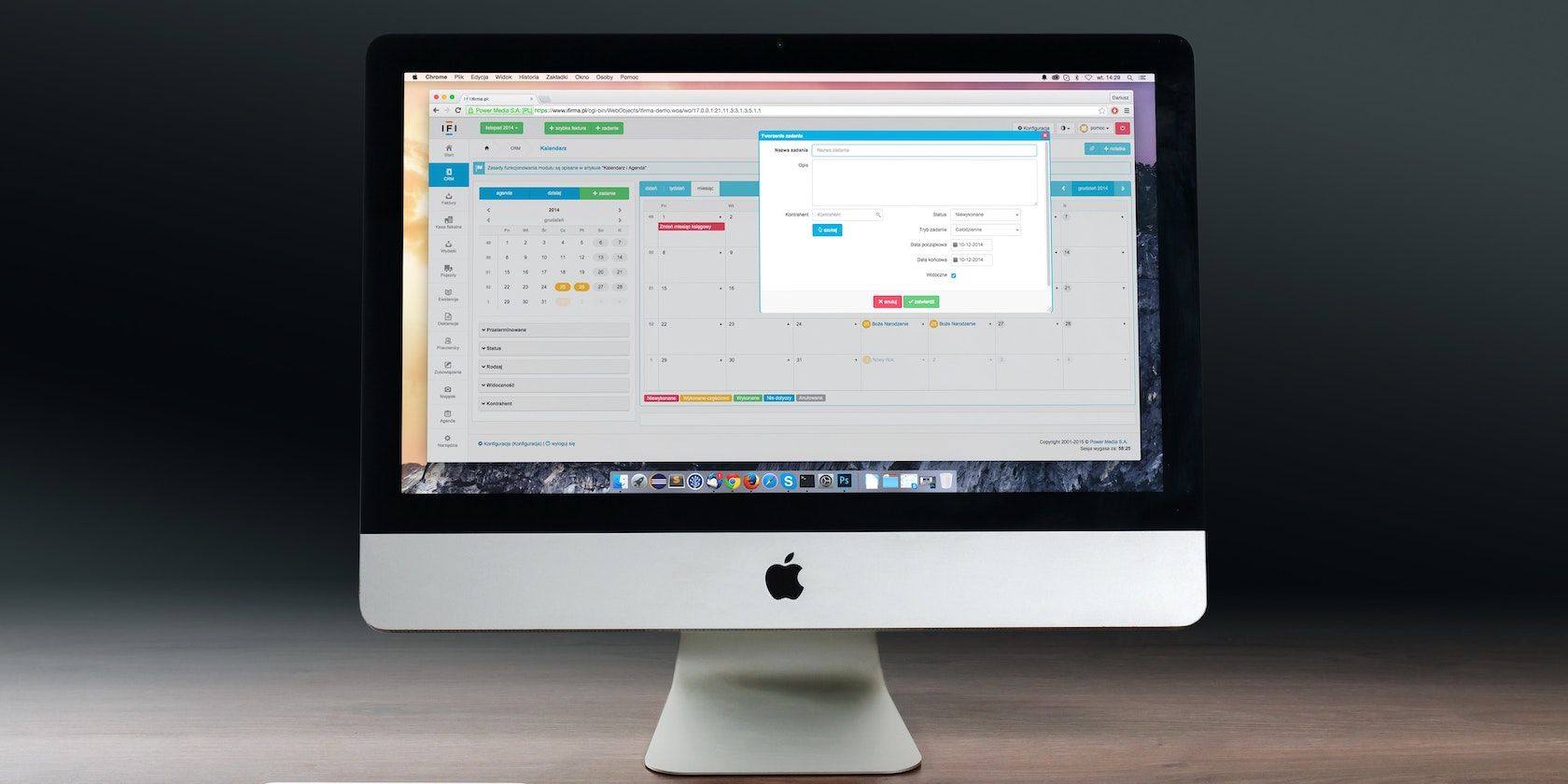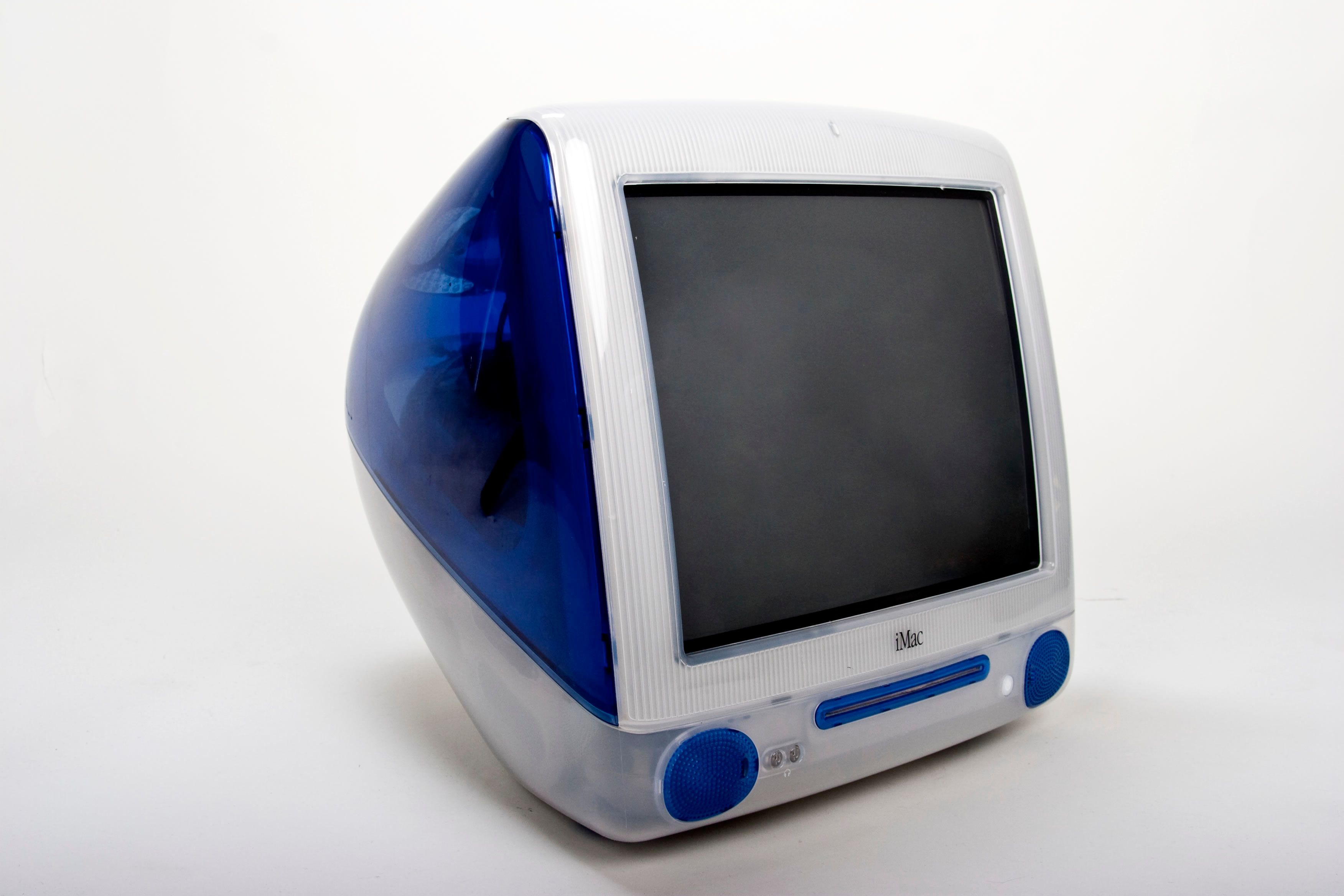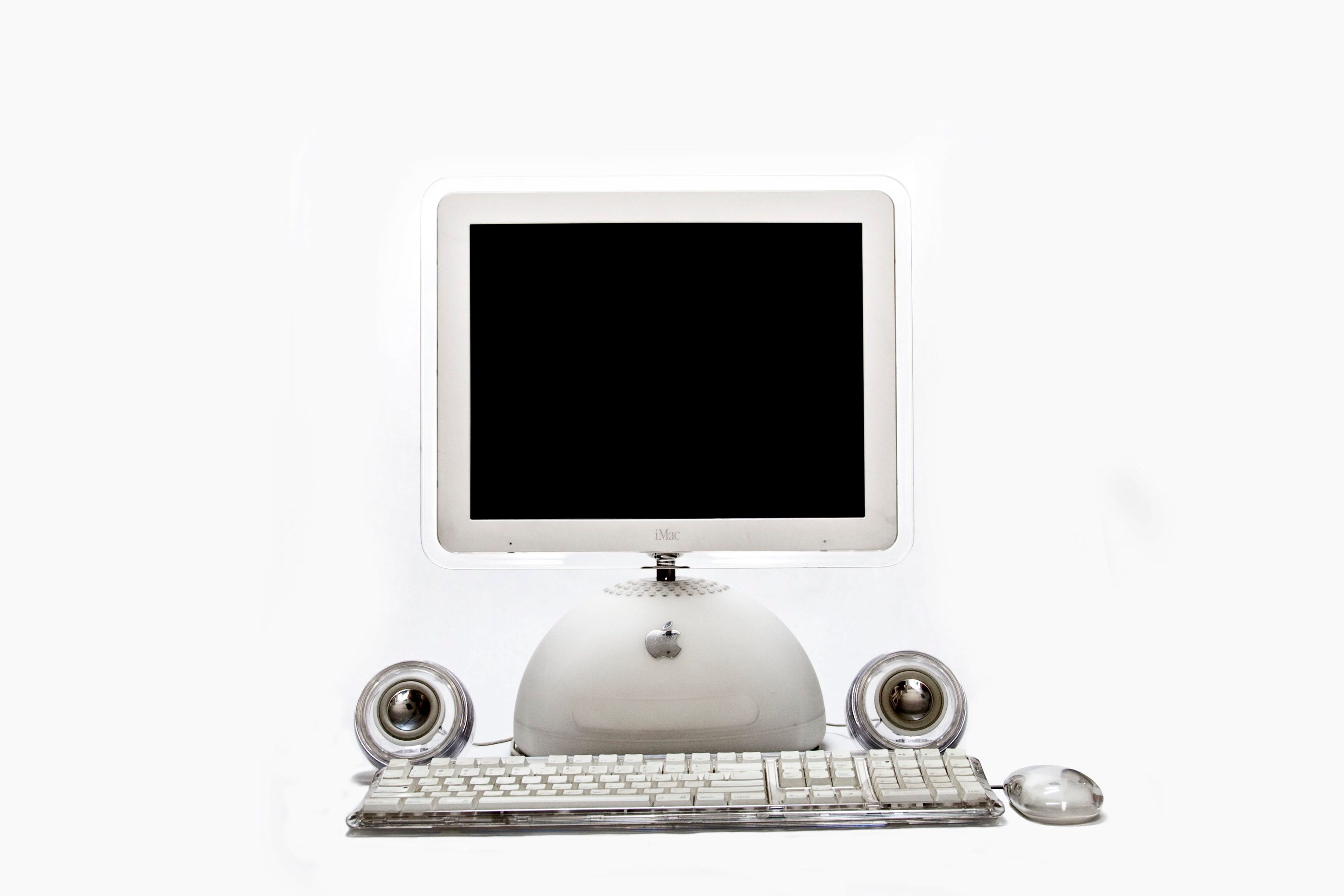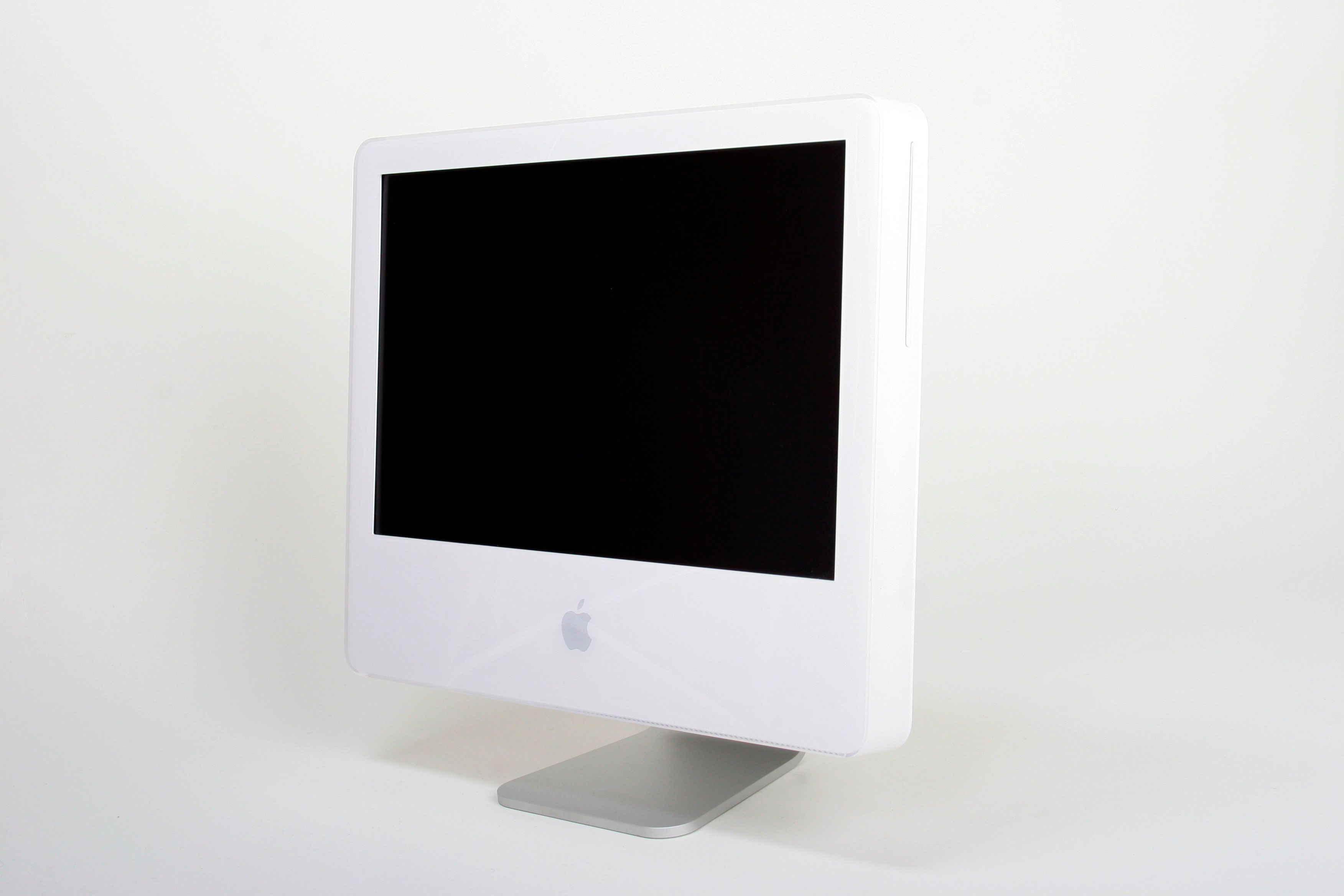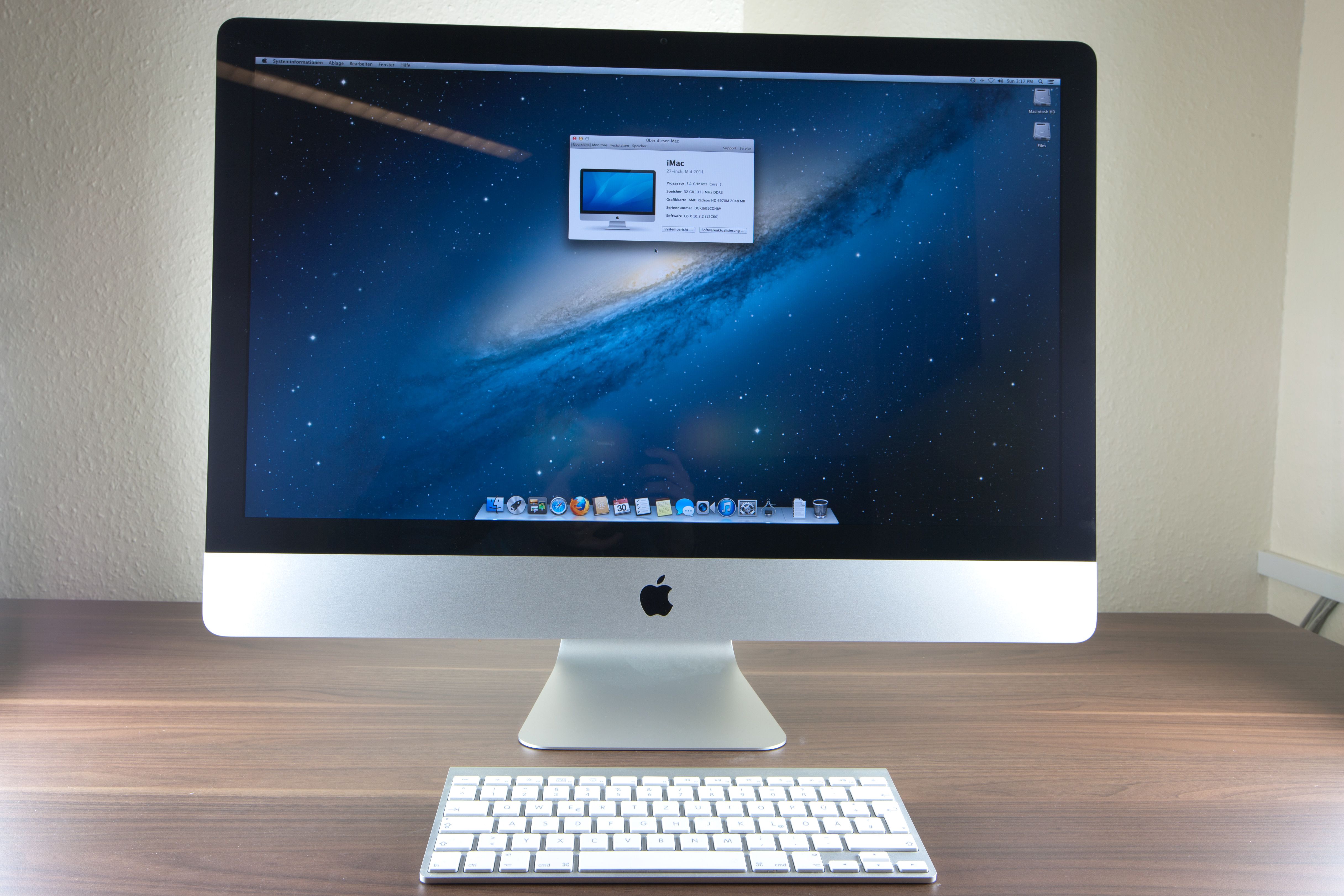In April 2021 a new iMac model was announced. This version of Apple's desktop computer was a colorful successor to the iMac line that’s existed since 1998.
The iMac has seen many shapes and sizes over time. We would like to take you back its beginnings and show you just how much has changed—and what’s returned or stayed.
Walk down memory lane with us, or take a peek into a past you might not be fully familiar with, by reading on and learning how the iMac started and what it just might end up being in the future.
The Egg Shape: iMac G3
Released in 1998, the iMac G3 was the first of the iMac line and the only one to date to have a round, egg-shaped chassis.
This chassis held a 15-inch screen and was pretty heavy—around 34.5lbs. But it came in a wide variety of colors that really helped the G3 stand out and become iconic in the computer market at the time.
The iMac G3 came out to a bit of controversy. This computer saw some big changes to Mac hardware including the removal of the floppy disk drive. The drive had been present in Apple Macintosh computers since 1984.
The G3 also became the first computer to only offer USB ports for connecting devices to it. Evidently, Apple has been making users buy adapters or new cable types for its computers for decades.
The iMac G3 was incredibly easy to set up though; something mentioned in its marketing frequently. So despite some initial consumer complaints, the model was incredibly popular and the hardware changes ultimately became standard amongst computer manufacturers.
Sitting on a Round Base: iMac G4
The egg-shaped iMac and its many colors stuck around until January 2002 when the exclusively white iMac G4 was released. The initial G4 model still had a 15-inch screen, but it was a lot lighter at 22.8lbs.
Some of that weight loss came from a complete shape redesign. The screen now sat on an adjustable arm, which attached to a round base called the “dome.” The dome contained most of the important electronics.
The iMac G4 took up less desk space than its predecessor and its adjustability was a big marketing focus. Commercials about it earned the G4 nicknames like “iLamp” and “Sunflower.”
With a little less computing power than the Power Mac (an Apple contemporary), the iMac G4 actually had some graphical issues when its first GPU couldn’t support Core Image rendering.
That was corrected, and ultimately the G4’s LCD screen was one of the most impressive on the market. The iMac G4 would see that screen offered in a 17-inch size by July 2002 and a 20-inch size in November 2003.
Becoming a Screen: iMac G5, Intel-Based iMac
The iMac G4 acted as an all-in-one computer by containing its electronics in its screen and dome. The iMac G5 was even more all-in-one by keeping everything in just the screen. It looked like a 2-inch thick computer monitor and Apple claimed it was the thinnest desktop computer you could get at the time.
Released in August 2004, the iMac G5 would become the last iMac to use a PowerPC processor and run Mac OS X 9 applications. It needed multiple fans to keep itself cool, but with the advanced system running those, the computer was actually pretty quiet.
Available in 17-inch and 20-inch displays right away, the iMac G5 weighed around 18.5lbs and was enclosed in white polycarbonate. The computer was not at all easy to open or alter. Consumers were in fact actively discouraged from doing so.
March 2005 saw a number of updates to the G5. More RAM and a larger hard drive were added along with improved graphics, and the Ethernet and Bluetooth were updated.
October 2005 saw an even bigger update, with an iSight webcam, now called the FaceTime camera, built into the G5 above its screen on top of further RAM, processor, and graphics improvements.
In January 2006 a somewhat new iMac was announced. This one looked the same as the iMac G5 and had basically all of its features. The difference was this one now used Intel processors and a Core Duo chip.
By the end of 2006 the iMac was available with a Core 2 Duo chip and a 24-inch screen—the first Mac screen to be able to fully display 1080p video. But in 2007, another design change took place.
Bigger But Trimmer: Aluminum iMac, Unibody iMac
As we mentioned, the iMac G5 exterior was made of white polycarbonate. In August 2007 an iMac was released with an aluminum chassis.
This new model came with either a 20-inch or 24-inch screen. Earlier smaller options were totally gone. These larger sizes and aluminum chassis added a bit of weight back onto the iMac (they were about 20lbs now) but they were also thinner at only one inch.
The aluminum iMac doubled the RAM and hard-disk size from the iMac G5. Updates in April 2008 and March 2009 saw the processor and video cards change and the RAM and storage options increase even further as well.
On top of that, FireWire ports were replaced with more USB ports and the mini-DVI became a Mini DisplayPort by the 2009 update.
In October 2009 the aluminum chassis was shifted somewhat with the release of the Unibody iMac.
Now coming with 21.5-inch or 24-inch screens, the Unibody saw the complete elimination of the separate plastic back piece that had been part of the aluminum iMac. The computer was now one continuous piece of aluminum.
Besides these shifts, though, the Unibody iMac shape was the same as the aluminum iMac. A second memory slot was added, and Target Display Mode became possible. But other than housing the last SuperDrives in 2011, the Unibody had more in common with the aluminum iMac than the models that came after.
Slimming Down: Slim iMac, Retina iMac
October 2012 saw the iMac get seriously slimmed down. With a screen now 5mm thick at its thinnest point, the new Slim Unibody iMac weighed about 12.5lbs even with its 21.5 and 27-inch screen sizes.
Internal changes were also afoot. The iMac had used hard-disk storage for over a decade but now saw a shift into SSD flash storage.
Improvements in screen technology went beyond being able to laminate the glass and display together, allowing for such slim iMac models. The Retina iMac was announced in October 2014.
The Slim iMac had displays of 1920x1080 on the 21.5-inch models and 2560x1440 on the 27-inch models. The 27-inch Retina iMac had a display of 5120x2880. When a 21.5-inch model was released it had a resolution of 4096x2304.
The Retina iMac kept the thin, unified body of the Slim iMac while seeing new and improved Intel processors and graphics cards through 2019. Storage and RAM options continued to expand, and even the FaceTime camera became HD.
December 2017 saw the release of an iMac that Apple called “the most powerful Mac ever made.” This was the iMac Pro, a 27-inch computer with the 5K Retina display of the 27-inch iMac and 8, 10, 14, or 18-core Intel Xeon processors.
Despite its power, the iMac Pro wasn’t destined to stick around long, or even surpass the Retina iMacs it lived alongside. December 2020 would see the announcement of the Apple M1 chip and by March 2021, the iMac Pro was discontinued.
Newer, better computers were on the horizon for Apple. Including the 2021 iMac.
Thin and Vibrant: 2021 iMac
The 24 and 27-inch iMac models, announced in April 2021, show the changes the iMac has gone through while also reflecting its roots.
Thinner and lighter than ever at 11.5mm and 9.83lbs, the 2021 iMacs sport the Apple M1 chip and have the immense processing power that comes with it. Their speakers and microphones are improved and their displays are as brilliant as ever.
The 2021 iMac is also highly adjustable, like the iMac G4, and comes in a wide variety of colors like the iMac G3. It keeps the monitor look established by the G5, but shows the material and internal improvements of each iMac since.
A Great History for a Great Computer
The iMac has evolved wonderfully over the past couple of decades. It’s a computer that’s pushed the industry forward at many points and reflected an era’s priorities as well.
Whether you own an older or a newer iMac, we think you have a great machine on your hands. And if you’re thinking about getting an iMac, we think you won’t regret it.
We can’t wait to see where the iMac goes from here. If history has taught us anything, it’s that we’ll probably be impressed by Apple's next move.

